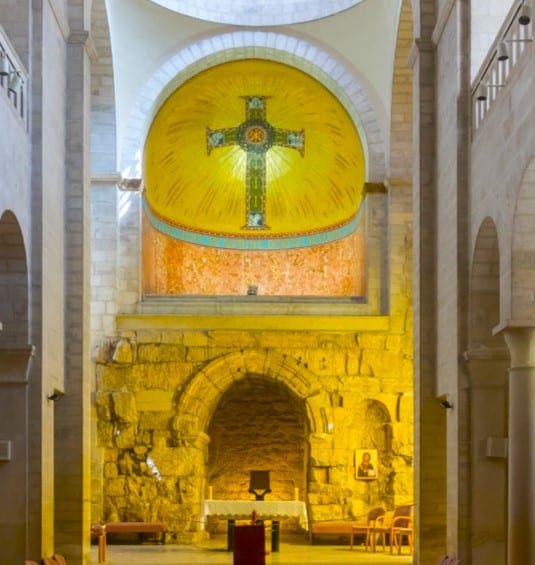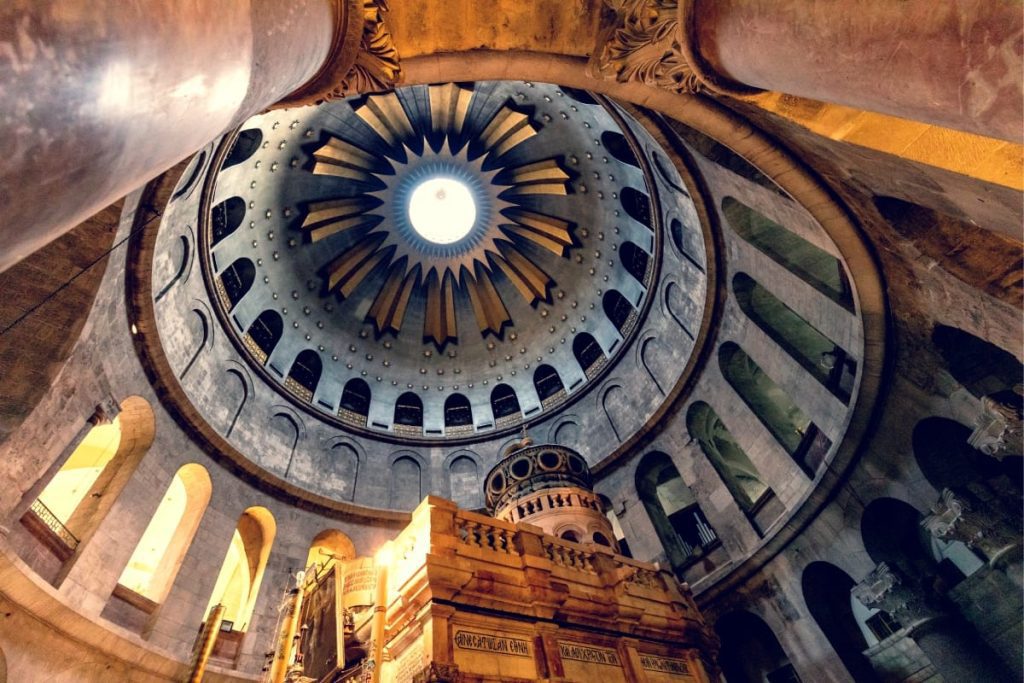The Ecce Homo Arch is a significant landmark located in Jerusalem. This arch is a part of the Via Dolorosa, the path that Jesus Christ walked on his way to his crucifixion. The arch is believed to have been built during the reign of the Roman emperor Hadrian in the 2nd century CE.

The arch’s name translates to English to “Behold the Man.” According to Christian tradition, it is believed that Pontius Pilate presented Jesus to the crowd under this arch, wearing a crown of thorns and a purple robe, before he was sentenced to be crucified. The Ecce Homo Arch is located between the 2nd and 3rd station of the Via Dolorosa, in the Muslim Quarter of the Old City.
It was discovered in the 19th century when the Convent of the Sisters of Zion was built on top of it. The convent was built by French Marie-Alphonse Ratisbonne, who discovered the arch during the construction of the convent.

The arch is a beautiful example of Roman architecture and is made of stone. In the first century BCE, Herod the Great built a large open-air pool. In the second century, Roman Emperor Hadrian added arched vaulting to enable pavement to be placed over the pool, making it a large cuboid cistern to gather rainwater from guttering on the forum buildings. On the surface, Hadrian built a triple-arched gateway as an entrance to the eastern forum of the Aelia Capitolina in Jerusalem. The northern arch is preserved under the apse of the Basilica of Ecce Homo.
Jerusalem Christian Day Tour

In conclusion, the Ecce Homo Arch is an important landmark in Jerusalem, as it is believed to be the place where Jesus was presented to the crowd before his crucifixion. The arch is a testament to Roman architecture and is a popular tourist attraction. The arch was discovered by French architect Charles-Émile François Carré in the 19th century, during the construction of the Convent of the Sisters of Zion.

